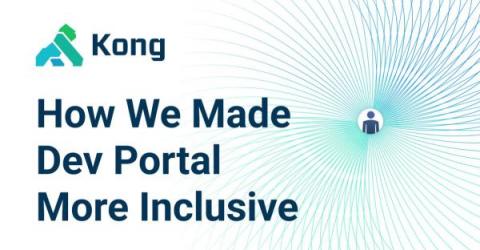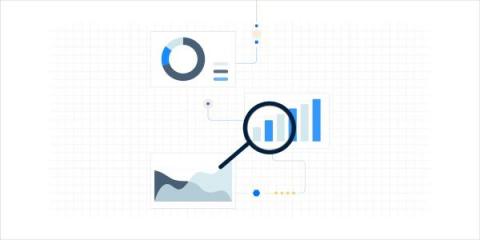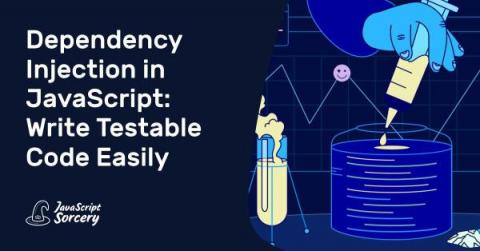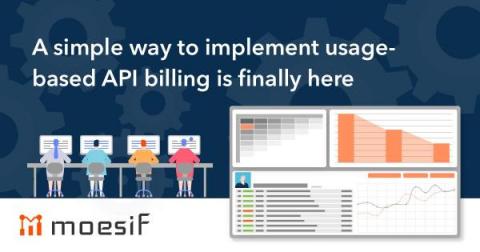Dev Portal Accessibility (a11y) Improvements
Multiple teams at Kong have been improving accessibility (also referred to as a11y) across our products. Over the past few months, our Dev Portal team has been working on accessibility improvements prompted by the needs of our customers. For example, financial services and government institutions are required by law to ensure their software meets certain accessibility standards.











